Teaching note names, lines, and spaces is an important skill. Traditional Western notation is a pretty common skill in elementary music classes in some way so let’s talk about five ways to teach note names, lines, and spaces.

Classics
Classics for a reason!
- Mnemonic Devices – My personal favorite from a student is Edible Gummy Bears Dance Fine.
- Practice Lines and Spaces before adding note names. Making sure students know how to draw a note so that it fills the space correctly or doesn’t touch multiple lines is a big part of learning notation.
- Worksheets, Centers, and Matching Games – This is definitely a concept that practice helps retention. Including activities like these are great for practice.
- Staff Wars – What’s not to love?
- Spell words on the staff or fill in the blank sheets using letters that are missing.
Embrace Alphabetical Order
Probably an unpopular opinion here, but lines and spaces learning EGBDF is a pain. When we start talking about lines and spaces, students have been having years of ABC order drilled into their heads. They have ABC order for sorting in the classroom, sing the alphabet song, and more. So us trying to start BAG recorder after talking about Godzilla Babies or Fudge or Faces doesn’t really make sense. (Yes, that was one of the mnemonic devices a student of mine used for GB.)
Yes, explain that we start at the bottom, explain EGBDF and FACE, but then, make a HUGE deal about A and show them that it goes alphabetically up or backwards down. Once they realize they can just ‘count’ up or down, it helps remove that barrier of trying to remember a phrase to remember something else.
Move!
While visual learning has increased over the last number of years, kinesthetic learning is still important. Instead of sitting and talking or doing worksheets, have students practice by moving to get to the notes. One of my favorite games was to draw two big staffs outside and let students race to the letter. Once they have that down, I’d let 3 or 4 kids race from each team to spell the word. So one student would be responsible for each letter. Instead of 1 kid standing there on “B”, three kids may stand on the staff to spell “BAG”.
Gamify
Making learning into a game is why music teachers are the fun teachers (that’s not the only reason). But there are some fun games I’ve found on the internet to practice note names:
- Corn Hole – Take a board and cut out holes on the lines and spaces. Let students throw bean bags to try to get all the lines and spaces.
- Swat the Staff – This one is an old internet favorite. Draw a staff on the board, and grab some fly swatters. Say a letter and let the students “swat” the line or space of the letter on the staff.
- Note Name Twister – Make a spinner with the lines and spaces, or even just one or the other and use a big staff on the ground. Left hand “A”, Right hand ” E”.
- Simon says – Put staffs all around the room. Have students take their place on a staff and play “Simon Says”..put your left hand on “a”. A variation on the Note Name Twister without the twister spinning.
- Who Am I? – Students have a note taped to their forehead or their back. They have to go around and ask yes or no questions such as “Am I on a line?”, “Am I on the third space”, etc and their classmates can only respond with yes or no.
- Toss It – Take a big staff and have students toss a bean bag. They have to identify the letter it lands on.
Use It!
There is nothing like application to help a student learn and see how it can apply to their life. Help your students apply their learning by letting them compose right away. Use boomwhackers or a barred instrument to write a short piece of music, 8 to 16 beats, quarter notes or eighths only so rhythm isn’t the focus, and have them notate it on the staff. Let them write the letters under the notes to ensure they notated it correctly for what they wanted!
No Tech Resources
Here are some no tech resources to help teach note names, lines and spaces.

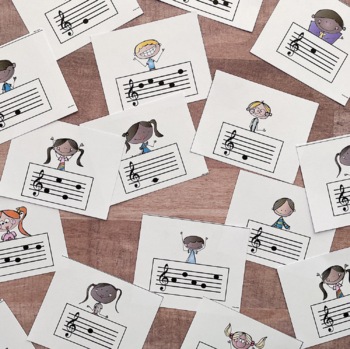
Treble Clef Cupcake Matching Center

I hope that this has given you some ideas on how to teach note names, lines, and spaces.


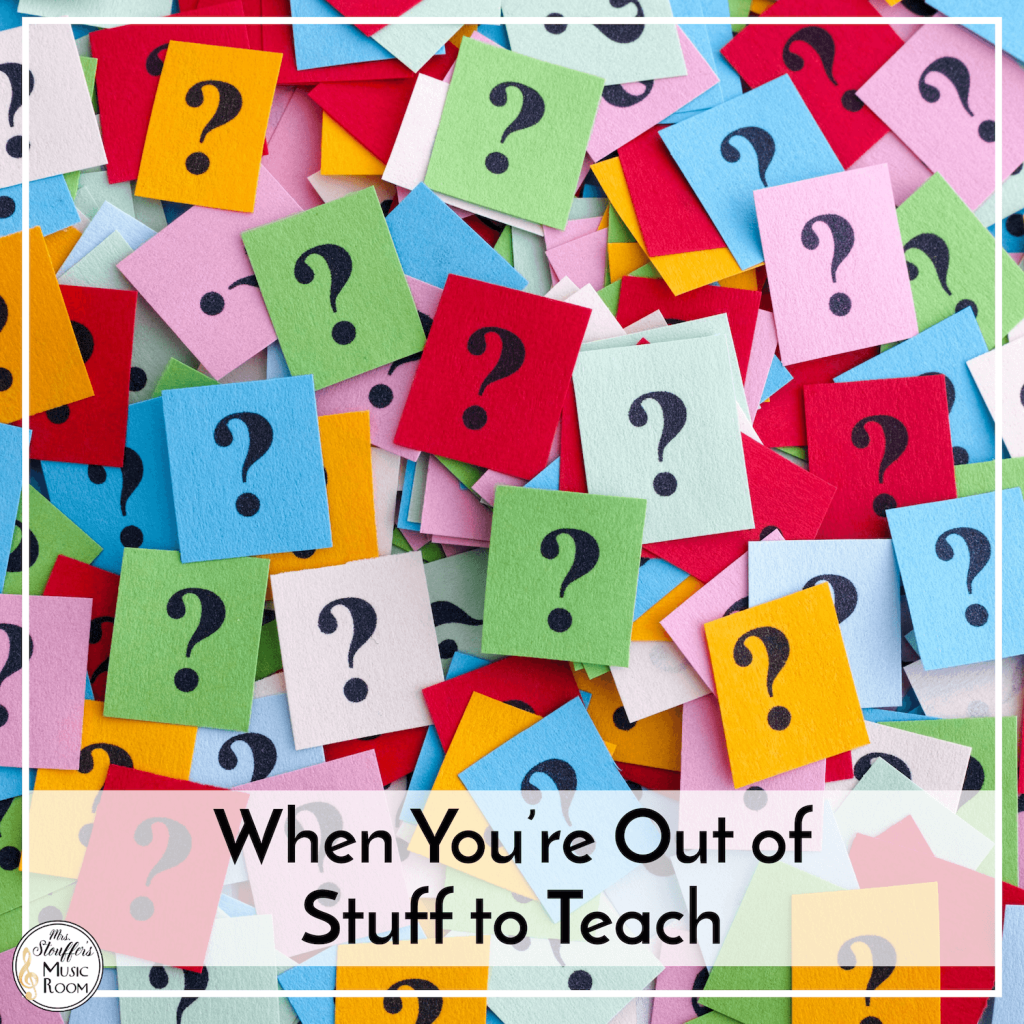
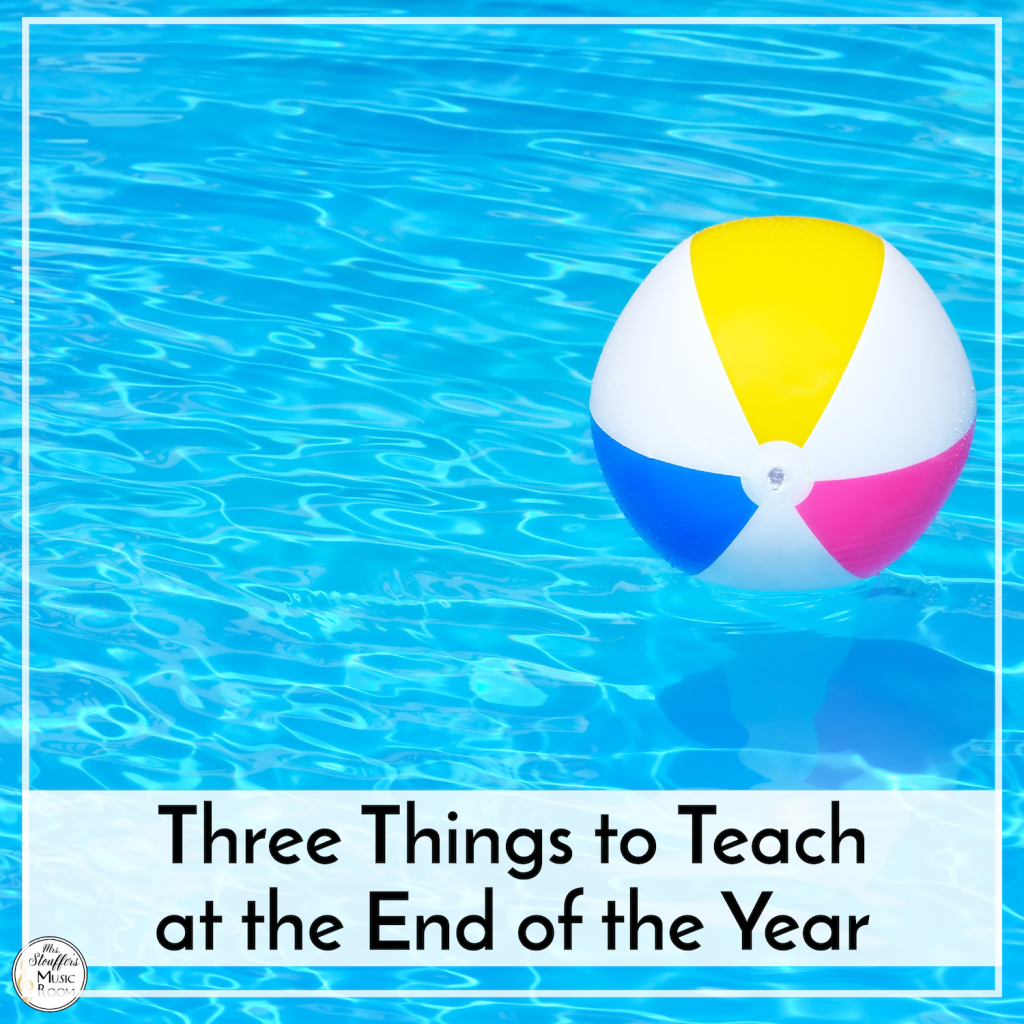
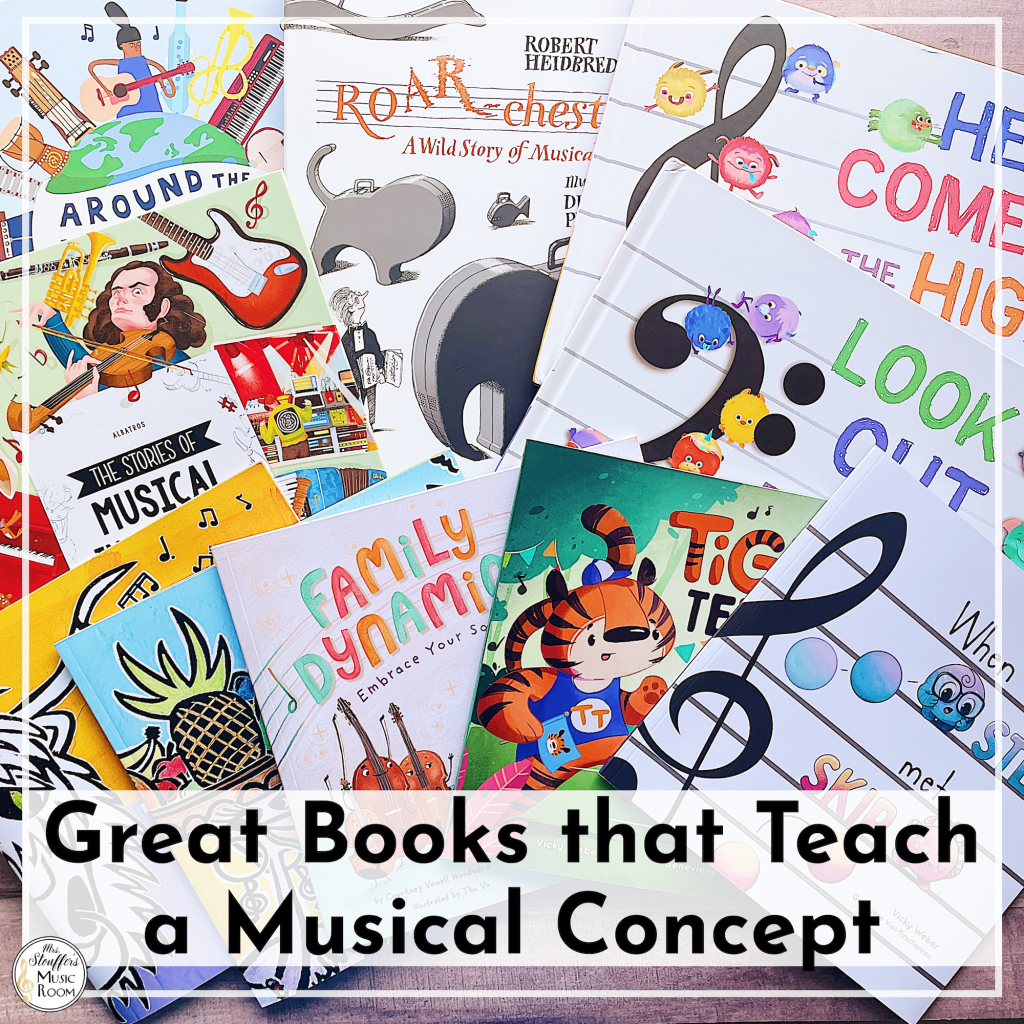
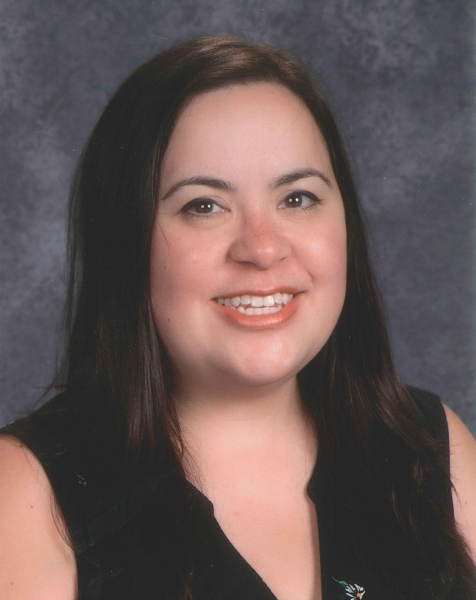
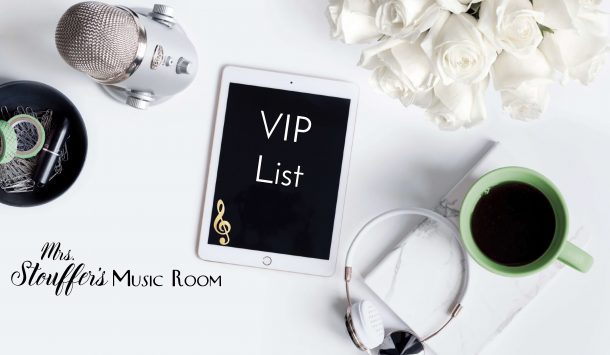
YES to alphabetical order! I came to this conclusion too but have felt like the weird music teacher for using it. Validation!!!
Yes! After a few years of lines and spaces and kids getting confused I started talking about ABC order and it was a world of difference!
I sing ABCDEFGABC… to
Twinkle, Twinkle Little Star” (borrowed fro. a co-worker) and it works well.
Love it!
All terrific ideas!
I use this chant:
E, G, B-D, F
These are the lines of the treble clef.
F, A, C, E
These are the spaces, yessiree!
And our capital is in Washington, (clap) DC!
While they recite the chant, students point to fingers on their hand staff. I have found this very effective.
Fun!